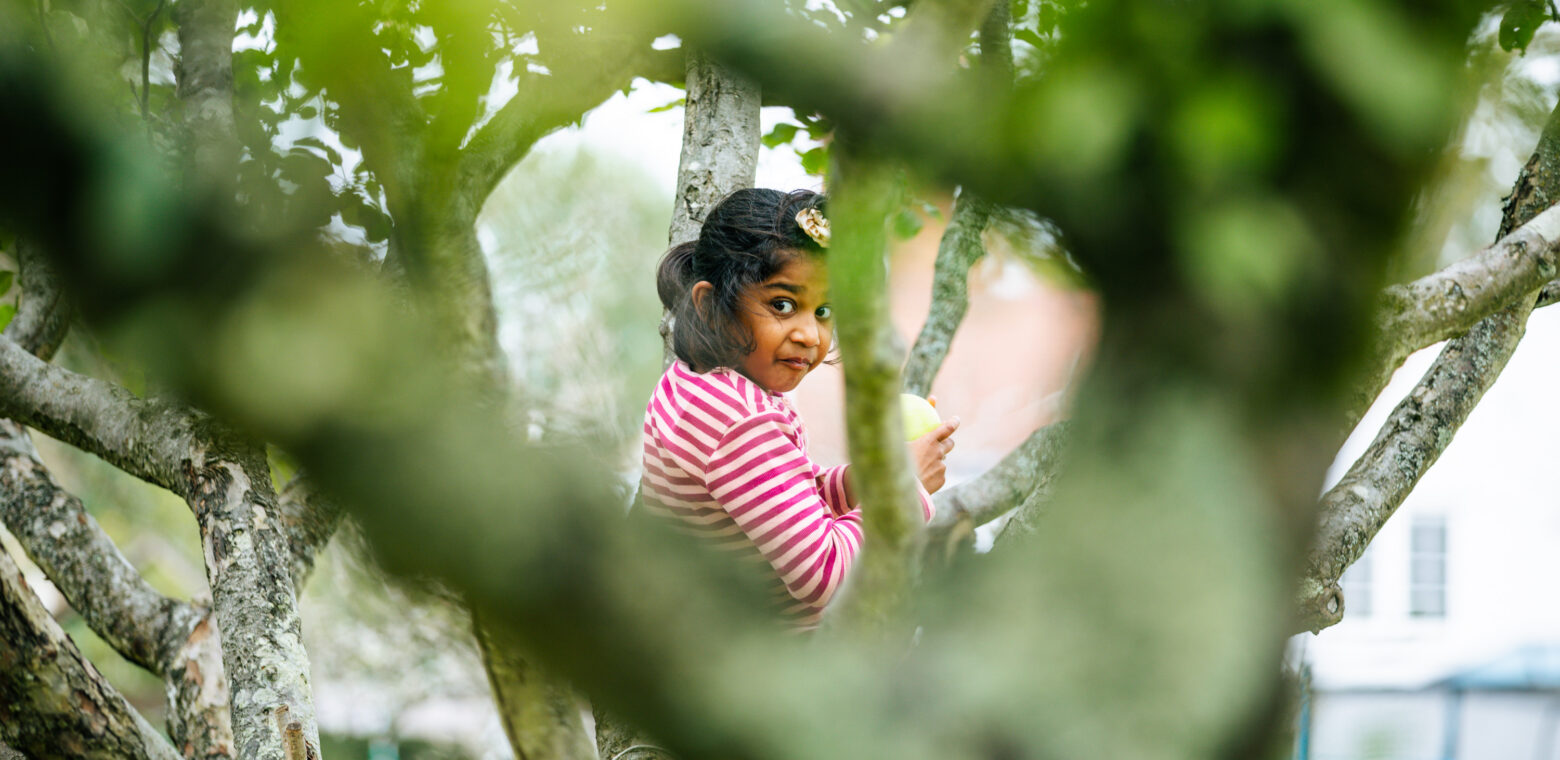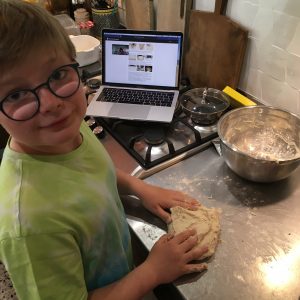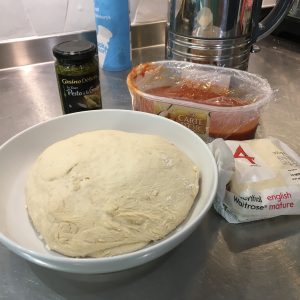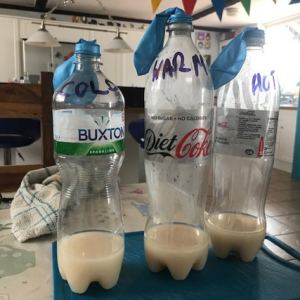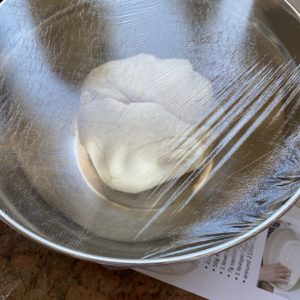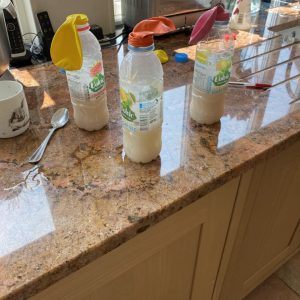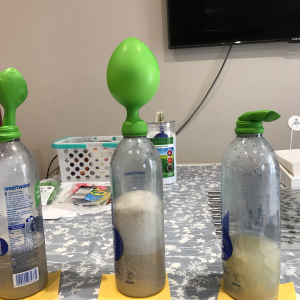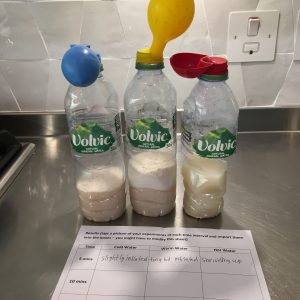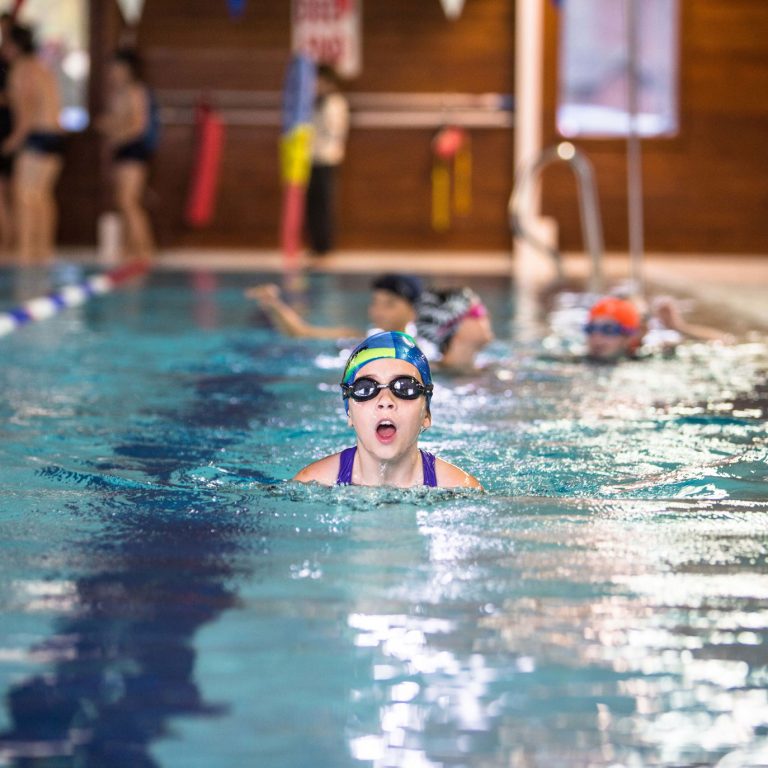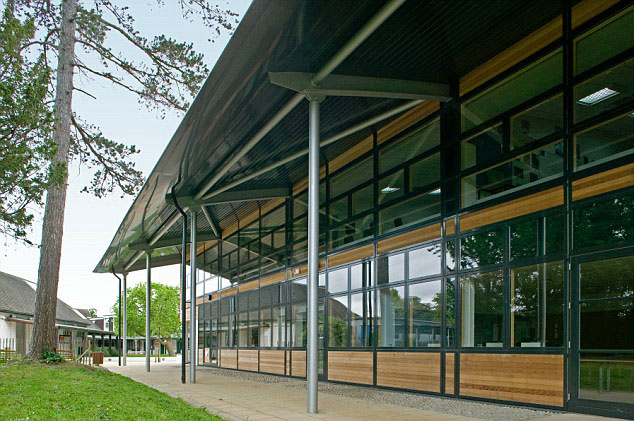This week Year 7 have been investigating yeast in Helen’s science classes as part of their online learning.
They learnt that that yeast is a living organism whose activity causes fermentation, and that it feeds on sugar, and produces carbon dioxide and alcohol as it feeds.
The next step was to take part in an experiment to find out what temperature yeast prefers using just yeast, sugar, water at three different temperatures, three balloons and three empty water bottles.
Later in the week they carried on investigating yeast by making pizza dough…and pizza!
Thanks to Fred, Monty, Daniel, Harry G and Henry for sharing their pictures.
Here are the ingredients for pizza dough if you would like to take part:
Pizza Dough
Ingredients—Makes 2
- 250g strong white bread flour
- 50g fine ground semolina flour or strong white bread flour
- 1 level teaspoon fine sea salt
- 7g sachet of dried yeast
- 1 teaspoon golden caster sugar
- around 210ml lukewarm water
Method:
- Put the flours and salt into a mixing bowl
Make a well in the centre - Add your yeast and sugar to the tepid water, mix up with a fork and leave for a few minutes
- Pour the yeast mixture into the well
- Using a fork and a circular movement, slowly bring in the flour from the inner edge of the well and mix into the water
- It will look like stodgy porridge – continue to mix, bringing in all the flour
- When the dough comes together and becomes too hard to mix with your fork, flour your hands and begin to pat it into a ball.
- Knead the dough by rolling it backwards and forwards, using one hand to stretch the dough towards you and the other hand to push the dough away from you at the same time.
- Repeat this for 10 minutes until you have a smooth springy soft dough.
- Flour the top of your dough, cover it with cling film and let it rest for at least 15 minutes at room temperature – this will make it easier to roll it thinly.
- Now divide the dough into as many balls as you want to make pizzas, i.e. lots of small ones or a larger one, but I suggest that 2 is a good quantity for this amount of dough.
- Timing-wise it’s nice to roll the pizzas out 15 to 30 minutes before you start to cook them – if you want to work more in advance, it’s better to keep the dough in clingfilm in the fridge rather than having rolled-out pizzas hanging around for a few hours.
- When you’re ready to cook them, preheat your oven to 250oC/gas mark 9.
- At this stage you can apply your toppings – remember: less is more.
- Cook for 7 to 10 minutes, until the pizzas are golden and crispy.

